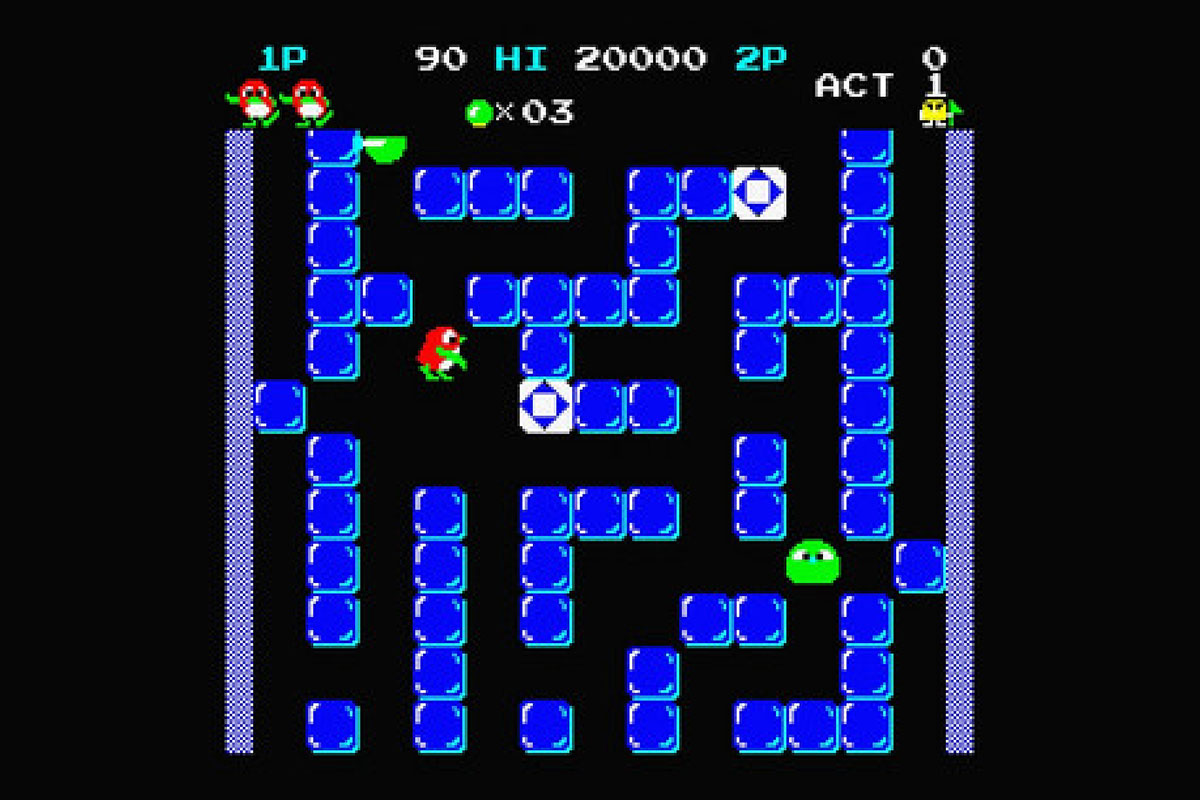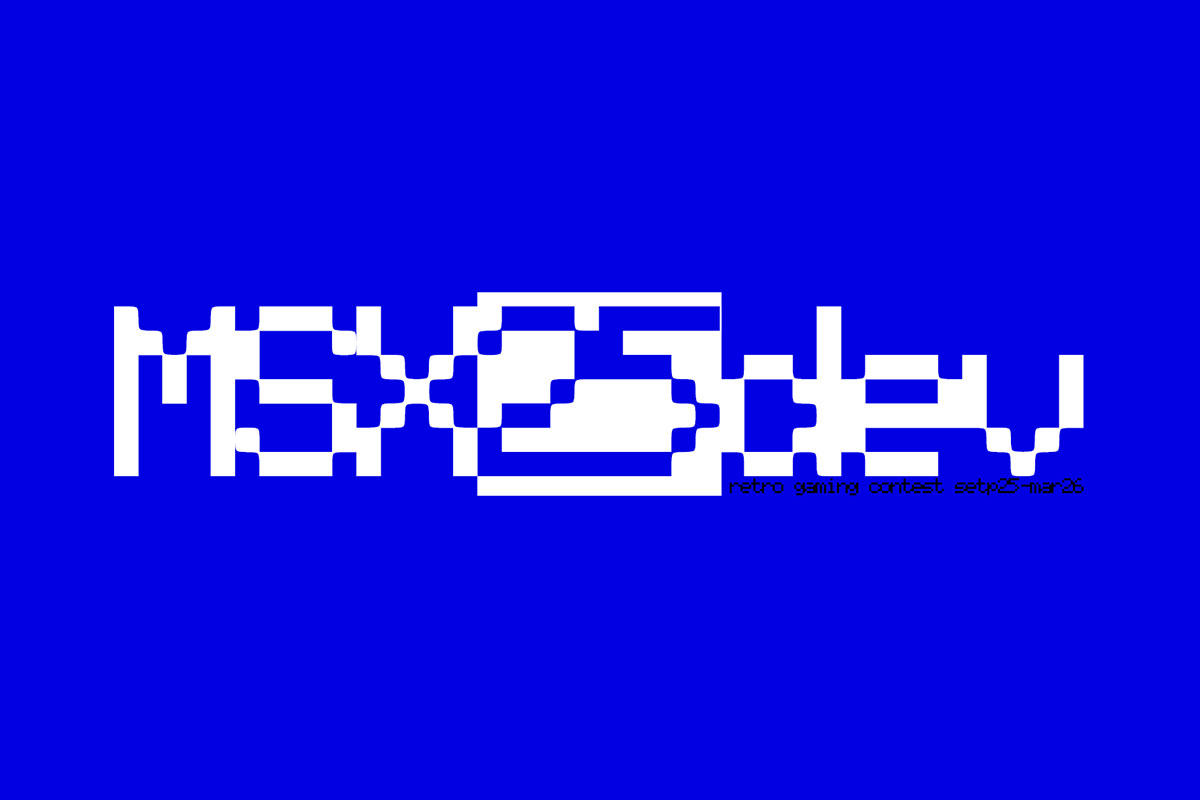Interview: Luiz Paulo Bonci

In the world of computer programs, commonly all credits and fuss about a product’s success are directed to the programmer who signs the application, which is obviously a well-deserved recognition in most cases. But, there are times when someone else other than the main programmer provides a humble contribution that ends up becoming the single greatest selling point and the key for the product’s success, and most of the time those unsung heroes aren’t properly credited for their participation.
In 1989, a young programmer from Brazil called Luis Carlos Barbosa created a new software called Aquarela (you can read more about it in this article). While the program is undoubtedly great, its visual appealing is nothing other than plain. Not because of the lack of design, but due to the nature of the program itself. The program interface – basically a blank screen with a small toolset – was kind of hard to promote to the general public. The salvation to such a dullness came accidentally, from the hands of the digital artist who was invited to create an opening screen for the program. His name is Luiz Paulo Bonci, the creator of the artwork that became famous in Brazil, then worldwide. His humble creation turned to be the greatest selling point of the Aquarela program in Brazil, quickly evolving from a mere loading screen to the program’s whole identity, becoming nothing less than the public face of the product.
Bonci was gentle enough to provide us with this nice interview where he speaks a little bit about himself and his own experiences, how the image was created, and the process he used to draw it.
MSXALL: Before anything else, thank you for providing this interview. Our first question is, obviously, about your relationship with MSX in the ’80s. How was it?

BONCI: I was a self-taught publicist in the late 1970s, working with communication agencies at the “analog time” when everything was done manually, from layout to submission. The process was somewhat time-consuming and the deadlines were getting shorter, demanding a lot from the entire team which – at that time – was composed of specialized people such as DA, Copywriter, Layoutman, Finalist, and Producer. Everything was handmade: creation, presentation, finalization, and printing…
Knowing times were changing, I was always paying attention to innovations. In 1982 I bought a TK-90X and started exploring its graphic potential. Of course, it was very rudimentary with only 16 colors, but it was enough for me to learn about the BASIC language.
There weren’t many image editors at that time, but I was evolving with whatever I had available. I never quit looking for innovations, and it was when Sharp released the MSX HotBit, which was far superior to Sinclair’s TK.
I was delighted with the MSX. I discovered some very cool editors for it, including some that used Sprites to overlap the screen pixels. I do not remember which version, but I was amazed by the wider range of colors at one point. If I’m not mistaken, there were 256 beautiful and bright colors on one of the MSX I owned.
It was thanks to the MSX, and my constant searching for everything involving software and games, that I met Alberto Miranda and his software house named Paulisoft, a place I frequented more than I should. LOL
MSXALL: How did you get involved with the Aquarela project?
BONCI: As I said before, I always saw the future of communication agencies in computers. I always saw computers as potential practical tools, clean, and quick. However, it did not apply to my daily basis at that time. In my world, which existed in parallel to computers, it was all about drawing board, glue, paint, etc… Only in my personal time I was actually engaged with the keyboard and the TV screen.

At that time, Alberto Miranda has already seen some of my digital work samples, basically my “studies“. It was then when he brought up the idea that I should create the opening screen for the Aquarela program. Of course, as it was a project to be entirely done on a computer, I immediately embraced the idea not even thinking about any potential challenges or limitations.
MSXALL: What was the inspiration for the opening screen? Whose idea was it?
BONCI: In overall, Paulisoft was the company that invested in Aquarela since the beginning, in its development, promotion, and sales. The idea to use an image of Carmem Miranda also came from Alberto (who coincidently has the same last name). Before that, I was considering using a basic pallet, or a generic picture for the opening screen, but Carmen Miranda‘s idea was simply perfect and the concept fits like a glove. Her character is well-known in Brazil, it represents the country all over the world, she was always wearing colorful fruit hats and amazing wardrobes. It was actually a great fun idea that was immediately embraced not only by me but by everyone else.
MSXALL: How was it created? Was it manually drawn then scanned and converted to MSX? Or was it entirely done on an MSX?
BONCI: Believe it or not, it was completely done in the Aquarela program. The program was not yet completed when I used it to create the drawing, but it was stable enough to allow me to work on the image. It was surprisingly easy to use. It took me more time looking for the perfect image of Carmem Miranda than actually drawing it. When I found it, I just started drawing.
MSXALL: What was (or is) your relationship with the Aquarela creator, Luiz Carlos Barbosa de Oliveira, and/or Paulisoft?
BONCI: I don’t remember a lot of people from that time, but Luiz Carlos – the Aquarela author – was very nice. Once he invited me to his house, which was when we had our conversations about the program and discussed the opening screen ideas.
In relation to Paulisoft, well… it was a place I frequented a lot. I mean, quite a lot! I was always looking for new games and programs, and the Paulisoft was always my first stop-shop.
MSXALL: Do you program as well? If so, did you collaborate with the development of Aquarela?
BONCI: Unfortunately not. I played a little bit with BASIC, but that’s it. Today I work as a generalist designer, in communication, architecture, art products, etc…
I had the opportunity over the years to design several interfaces and openings for different programs on other platforms, but they don’t seem to have done as well as the Aquarela program did.

MSXALL: If not with development, in addition to the opening screen, did you collaborate with anything else on the Aquarela project? Ideas? Tips? Tests?
BONCI: My work with Aquarela was simply to create the opening screen. And so I did it! I presented the art, and they loved it… LOL
It didn’t take long after that for the program to get finalized and placed for sale on the market. It all happened very fast.
MSXALL: Did you do other work for other MSX programs? Or maybe other creative work using MSX?
BONCI: No, I used MSX mainly as a hobby.
MSXALL: Did you use the Aquarela program for work or projects, professional or personal?
BONCI: Somewhat yes… At the time, I was still insisting on trying to show how computers could revolutionize creative areas, even with the rudimentary images that I drew at home. Many times I created slides from photographs I took from the TV screen with images I drew to create presentations and things like that…
MSXALL: Do you still own an MSX, or follow what’s been going around the standard since the end of 1999?
BONCI: Unfortunately not. I missed all that because I went from the MSX to the Commodore Amiga around 1990, and then to the Apple Macintosh in 1995 (which I still use today).

MSXALL: Tell us a little bit of your story regarding MSX. You can use this space to bring up memories you think are worth sharing…
BONCI: I have great respect for the MSX. My first MSX was a Sharp HotBit, but shortly after I moved from it to the Gradiente’s Expert. Finally, before I move away from the MSX to the Amiga, I owned Sony’s HitBit.
Definitely, the MSX was in a big part responsible for my digital inclusion. Today, I am a 62 years old designer who works mainly from an Apple workstation at home doing freelance jobs, developing all kinds of projects for all areas. But, all of that started way back with the TK-90X and the MSX, and I am grateful. I am especially grateful to the MSX which was without a doubt my biggest and most important acquisition that helped define my professional development in agencies, freeing me from the glue and the paint smell. LOL





